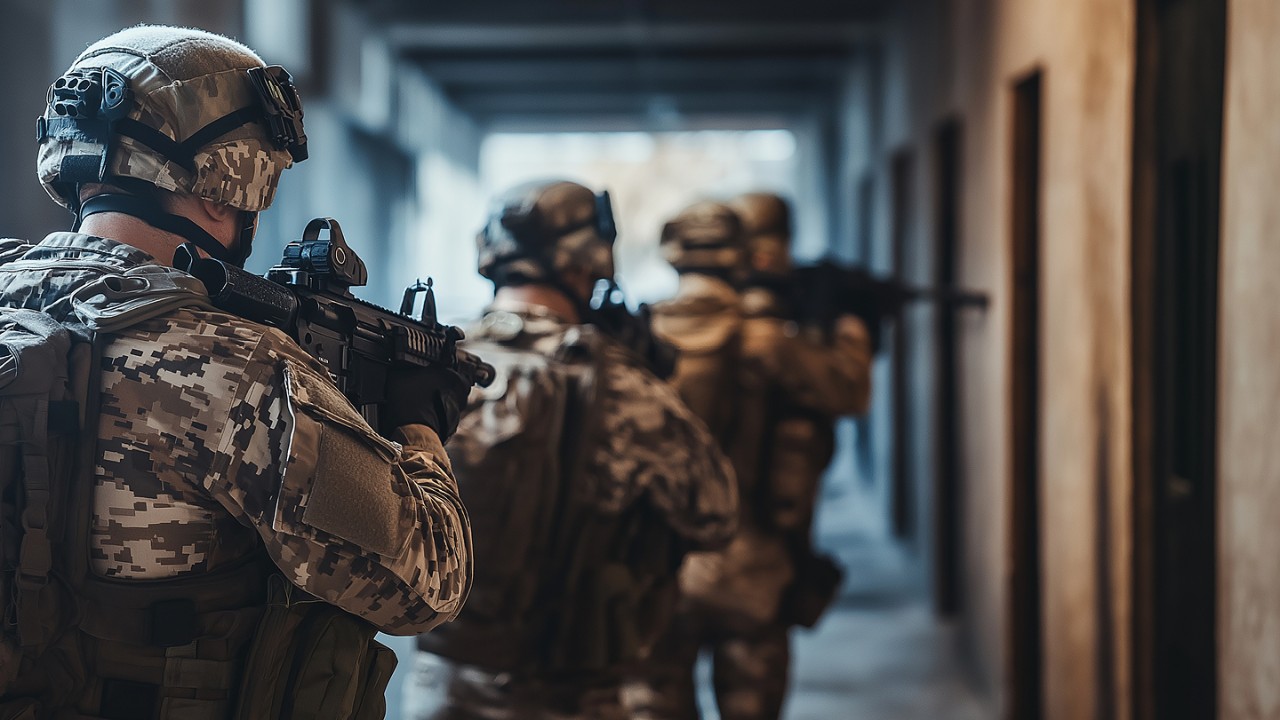SOF cyber forces will play a leading and outsized role in future operations by providing offensive, defensive, and influence capabilities across the full range of SOF missions. As the former SOCOM commander, Gen. Richard Clarke, stated, “We need coders … the most important person on the mission is no longer the operator kicking down the door, but the cyber operator who the team has to actually get to the environment so he or she can work their cyber tools into the fight.” While not every SOF operator will become a coder or deliver cyber effects, there is an opportunity to build cyber skills for select personnel while also evolving training for all SOF forces. We have seen the SOF components have already looked internally at how to best develop their ranks to integrate cyber into their core activities. This is a key step toward equipping traditional SOF forces with greater insights about cyber capabilities and what their organic cyber operator teammates need to put these new capabilities into action.
Elite U.S. forces understand the value of realistic training: Accelerating the integration of SOF and cyber in training is a natural next step. By integrating cyber terrain into training areas, SOF teams can gain hands-on experience working with SOF cyber operators to fully understand how to best incorporate new cyber tactics, techniques, and procedures (TTP) into their operations across all SOF missions. SOF-cyber integration should span all SOF core activities, not just direct action and special reconnaissance, but also information operations and irregular warfare. To improve confidence in the value proposition of such integration, cyber activities should not be “white carded”—merely simulated—during training and exercise events: Instead, they should be realistically embedded in live, virtual, and constructive parts of the joint operational and readiness training cycle. Success and failure in realistic environments will accelerate innovation, refine use cases, advance joint interoperability, and increase trust in cyber capabilities.


